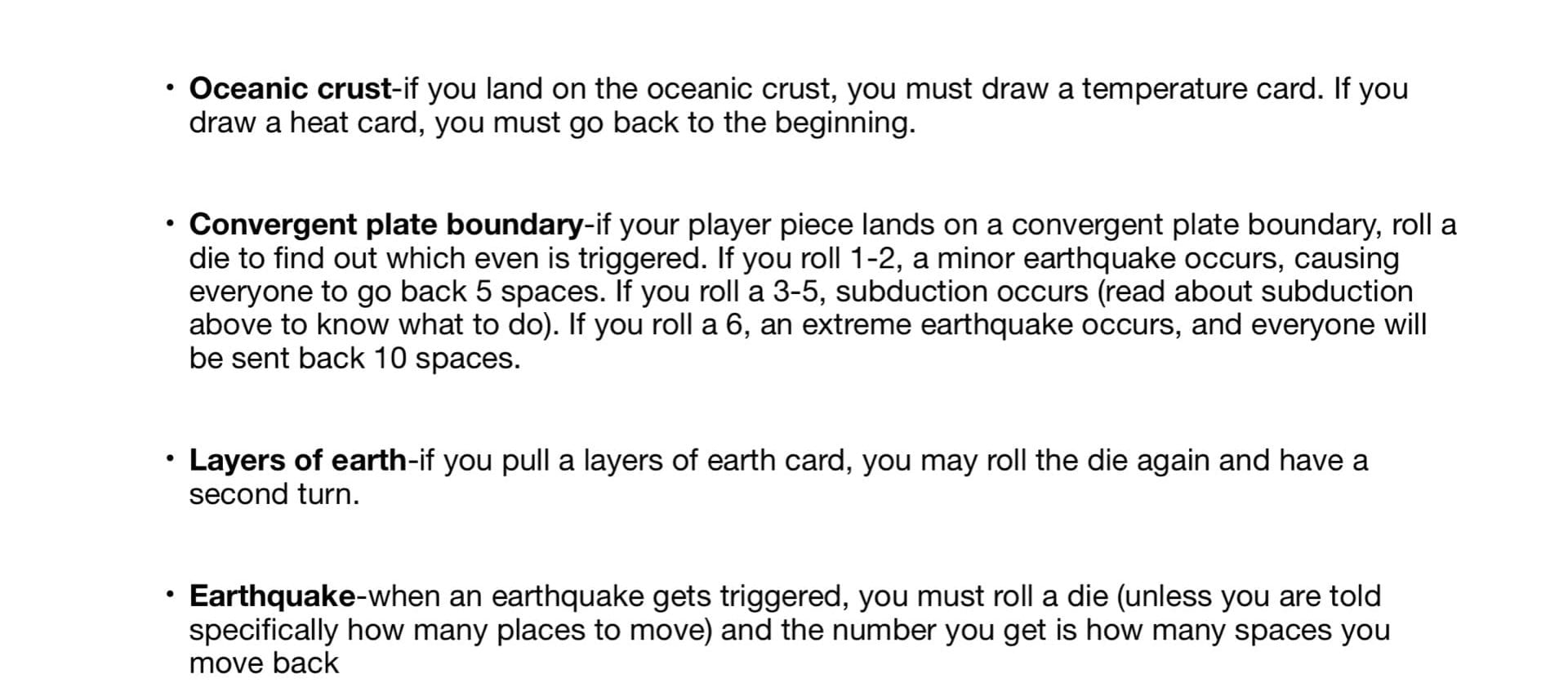We started a new project for maker learning how we can communicate in different ways. For the couple past weeks I’ve been learning how to draw in 5 different lessons. We learned how to use colours,lines and perspective to make are drawings realistic.
The very first thing we learned was about Emily Carr she was a famous Canadian artist who made beautiful paintings of landscapes. If you look at some of her art she had a real distinct style. She used a lot of curves in her drawing and she also used a lot of natural colours. You can learn more about her here.
In our of our first lessons we learned about doodling. Here’s a video that we watched about how doodling is useful in schools and how it helps you be able to remember information you learn.
We were given the task of making our own doddle. I made a doddle about a book I was reading called the outsiders. I added sections of writing about the different important events that happened and I used lines and arrows to show the direction of my thoughts. Doodling helped me learn how to express my ideas on paper, and I know that I will use this skill in the future.
The next thing we learned about was using perspective to make our drawing more realistic and to show our point of view through drawing. To learn how to use perspective we watched a YouTube video, you can watch by clicking the video down below ⬇️.
Are assignment to show what we learned was to create a landscape with perspective. I create a road with a sunset and added a horizon line and vanishing point.

As you can see the road disappears at a certain point which is the vanishing point, this is how you makes things look more realistic and like actual landscapes.
Another thing we learned was how to use colour to convey emotion. Each colour has a different emotion.
Red🟥- Love, power and strength
Orange🟧- Excitement and confidence
Yellow🟨- Hope and happiness
Green🟩- Harmony and guilt
Blue🟦- Peace, loyalty and trust
Purple🟪- Ambition and fantasy
Colour is used in paintings, drawings and photos to show different types of moods for the scene. If there is a lot of dark colours It probably means the drawing/picture is more somber and if there are lots of bright colours like yellow than the drawing/picture is probably more exciting/warm.
The last thing we did in this class was about designing. We got to talk to this professional designer called Chloe Devine, you can visit her website here. She lives in NYC and she draws for her job designing prints, logos and lots of other things for lots of different clients. It was really fun to learn about her and she taught me lots about designing.
To show what we learned we had to create a business of our own and make a logo for it. My business was called GoTo Food and I sold Mexican styled doughnuts and sandwiches.

For my logo I added lots of contrasting colours to make it more appealing to the eye and I also made a checkered background with the Mexican flag colours to show that this is a Mexican restaurant.
This just some of the stuff I learned about drawing, in these couple past weeks I’ve definitely become way better at drawing and now I will use some of these techniques in my drawings. I had fun learning about this for the past couple days and I hope you enjoyed reading about it.


